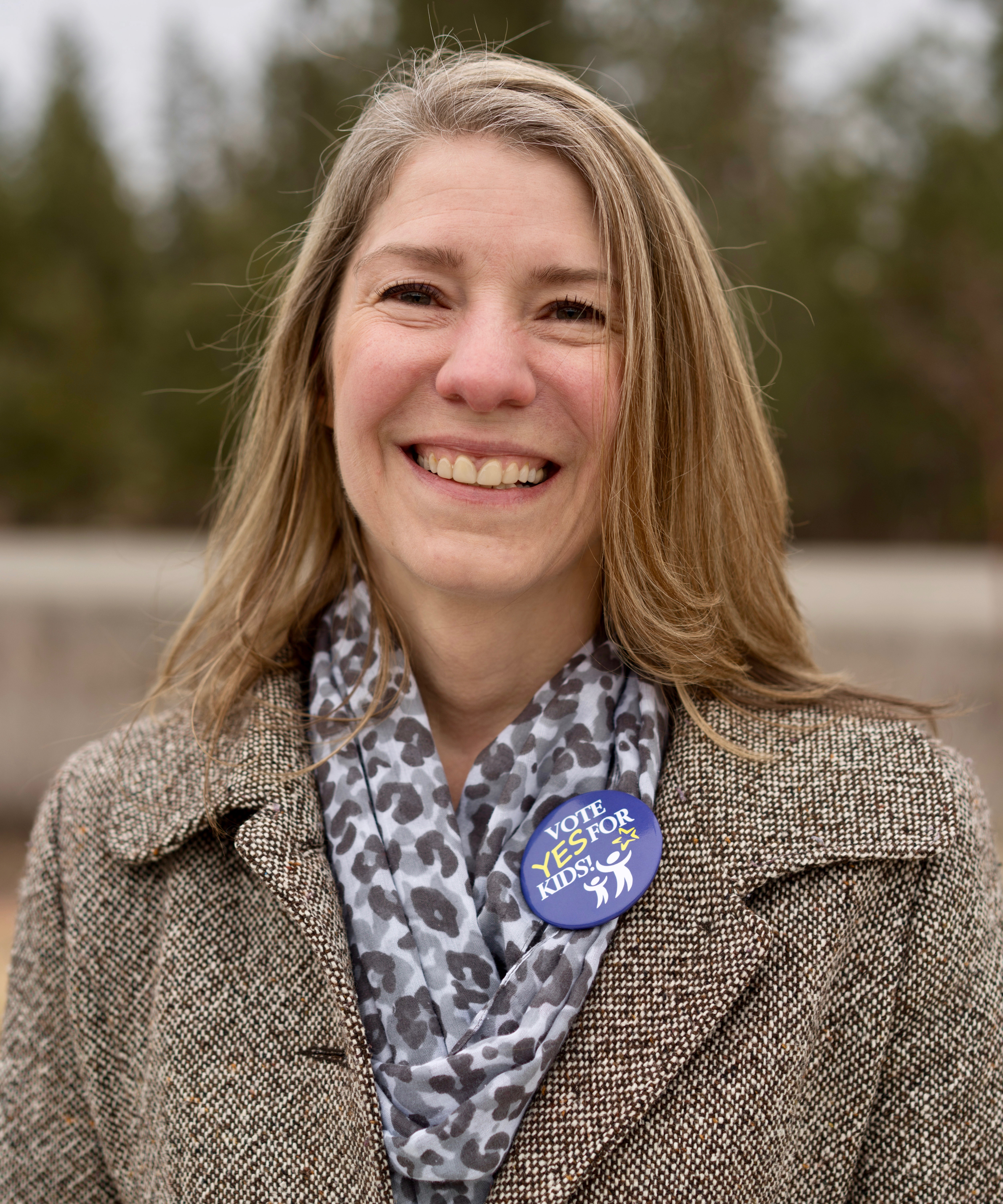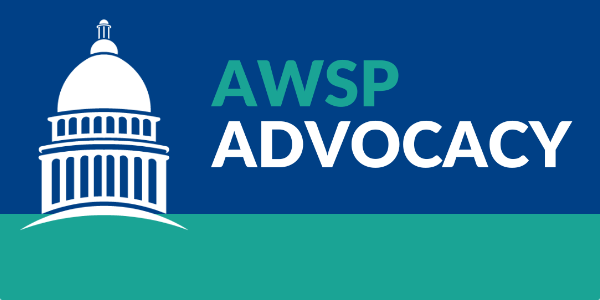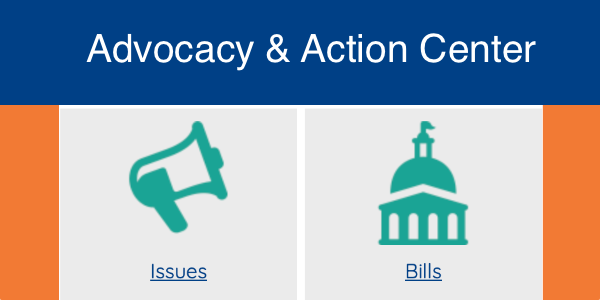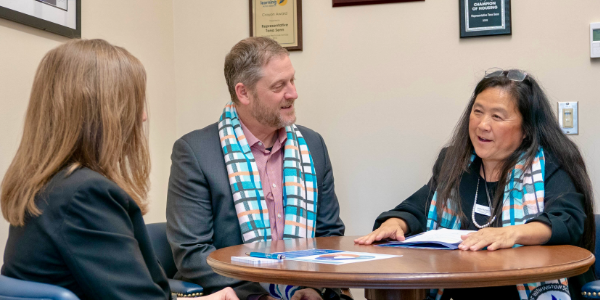Beware a calm surface.
You never know what lies beneath.
Beyond a few breaks in the water’s surface.
– Paula Hawkins
Following marathon hearings by the fiscal committees in both houses, the chambers are now publicly engaged in floor action where numerous bills are debated and voted upon. As is generally the norm, for every nine bills brought to either floor and approved by the body, the tenth bill becomes hotly contested. That’s when the theatrics occur. One example, is after passing a number of bills fairly easily, a bill dealing with union dues, SHB 1575 brought things to a halt as the Republicans demanded the bill be read in its totality, a very rare occurrence. (Generally, only the first and last lines of a bill are read before moving to debate.) Then numerous amendments were offered by the Republicans which were debated and defeated. All this is interesting from a spectator viewpoint, but as time is eaten up, the net effect is that many bills waiting for floor action will die as time runs out.
Both chambers now have long list of bills on their floor calendars. Of more importance are the number of bills before the respective Rules Committee in each house. Those bills need to be moved to the floor calendars in order to continue to survive. They need to move out prior to the next official deadline, April 17th, the date bills need to be out of the opposite houses.
Many of the bills reported below cost money and will remain alive until the final biennial budget is adopted. The discussions and negotiations over a final budget are occurring out of public sight and members and the public have little or no idea what the final budget proposal will be. Floating beneath the surface, are the original Senate budget, the original House budget, and the Senate adopted overlay budget with its numerous amendments. All are in play. What surfaces is unknown. Stay tuned.
Retirement Related Proposals
SB 5360/ESHB 1308 change the present retirement plan default for new hires from Plan 3. Both are in their respective Rules’ Committees awaiting further action.
Suggested Action: This is a simple change based on the belief that an employee should make an intentional choice to pick Plan 3, which involves a commitment to be an active investor. Plan 3 also restricts a person to a 5% contribution which can only be changed if he/she changes employers. Plan 2 is a defined benefit option which should help attract and retain employees who see the value in such a benefit. Contact legislators and urge movement out of Rules for this change.
Substitute Options for Early Retirees
E2SHB 1139 expands the current and future educator workforce supply. It is in Senate Rules.
Suggested Action: Sections 307(2) and 308(2) allow early classified and certificated retirees to return to work for up to 867 hours “as long as the employee is employed in a non-administrative position”. Members of the Senate should be contacted and encouraged to amend the bill if it makes it to the floor for action to delete that exclusion. Districts have needs for part-time administrators as well, and to exclude experienced retirees does a disservice to districts.
HB 1390 requires beneficiaries who are receiving a monthly benefit from the PERS or TRS plans 1 to receive a one-time 3% cost of living adjustment. It is in House Rules. It is also contained in ESHB 1109 which is the budget adopted by the Senate.
SB 5350/HB 1413 authorize an individual at the time of retirement to purchase an optional actuarially equivalent life annuity benefit. SB 5350 is on the House floor calendar. HB 1413 in in House Rules.
School Employee Benefit Board (SEEB)Health Related Proposals
HB 2096 asks for a 2-year delay in SEBB implementation for ESD’s. Although this proposal never moved out of committee, an amendment to the budget was adopted and is part of ESHB 1109 cited above.
Regarding SEBB: The SEB Board held a meeting this week. A few highlights are in order. View the full briefing materials.
Of import to school districts is the legislative summary under Tab 5 starting on page 202. Four charts present an excellent overview of where SEBB stands in terms of HCA proposal, the House proposal and the Senate proposed budgets.
- Page 3: Net Funding Rate vs. Funding Rate
- Page 4: Monthly Funding Rate Comparison
- Page 5: Funding Rate Assumptions
- Page 6: Flow of Funding Rate
Three projections; three different methods of calculating. The final budget will set the figures. To repeat, what has been stated earlier, the only known is that districts will be on the fiscal hook for covering all the costs of offering this benefit. The state is anticipating the use of the supplemental budget process during the next shorter session to correct any appropriation/dollar errors made in the legislature’s assumptions. Districts still have to pay whatever costs emerge.
In other SEB Board business of note, a resolution has been proposed to move the K–12 SEBB program to a value-based formulary for prescription drugs. See Tab 9. Simply put, generic drug alternatives will be the drug of first choice when filling a prescription unless no generic is available. The point of this change is to decrease the rising costs of prescription drugs which affect premium rates.
As an aside, unlike non-retirees, current retirees who receive Medicare under PEBB feel the entirety of the increased cost of prescription drugs due to quirks in the fit between Medicare and supplemental insurances. Their premiums are directly affected and rise in tandem as Rx prices increase. This move should help decrease the inflation of premiums.
Other Bills That May Have Fiscal/Hr Impacts For Districts
ESHB 1813 is in Senate Rules. An amended version of an earlier bill now makes it mandatory for employers/contractors to offer health benefits equal to the allocation rate for school employees, less the retiree remittance; and an amount equivalent to the total employer contribution rate to the School Employees’ Retirement System. Clearly, any contractor will pass these costs onto school districts when offering a proposal to provide services.
2SSHB 1087 concerns long-term services and supports. It is in Senate Rules.
SHB 1399 makes technical corrections requested by the Employment Security Department in the Family and Medical Leave Act passed last session. This has been sent to the Governor for action.
Fred Yancey
The Nexus Group








